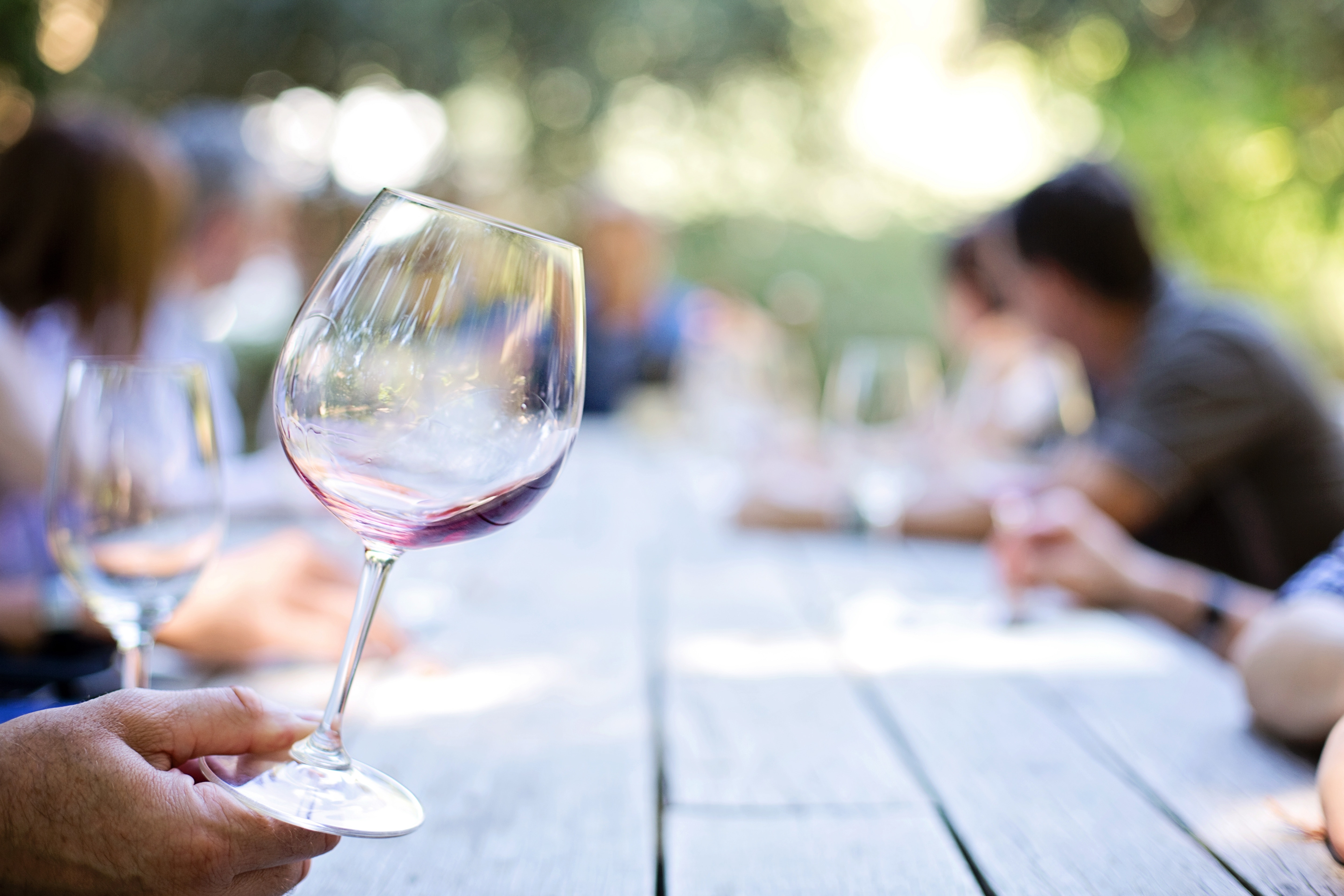Demystifying Wine Tasting: Is there a right way to savor the experience?
Wine tasting is an experience that allows you to savor the intricate flavors, aromas, and textures of the delightful elixir. Tasting allows you to explore the vast world of wine, its nuances, and the stories hidden within each bottle. Some may believe that there is a "right" way to taste wine, but it is essential to remember that wine appreciation is subjective and can be tailored to your preferences. In this article, you will learn the basics of wine tasting in a way that encourages a personal journey of exploration.
Step 1: Observe the Wine

Begin by pouring a small amount of wine into a glass. Hold it against the light to observe its color, clarity, and viscosity. Pay particular attention to the colour as it can offer insights into the wine's age and varietal. Young red wines tend to be vibrant and purple, while aged reds often exhibit brick or amber hues. Whites can range from pale yellow to deep gold, indicating their style and potential age.
Step 2: Discover the Aromas
Swirl the wine gently in your glass, releasing its aromas. Then, bring the glass to your nose and inhale deeply. Take note of any scents that come to mind. You may detect fruits, flowers, spices, herbs, or even earthy or mineral notes. Allow your senses to guide you, and don't hesitate to share your take with others. Each person's olfactory experiences can differ, leading to unique descriptions and associations.
Step 3: Examine the Palate
Now for the best part! Take a small sip of the wine and let it linger on your tongue. Pay attention to the texture, body, sweetness and acidity.
- Does it feel light and refreshing or rich and velvety?
- Is the acidity crisp and zesty or smooth and mellow?
Acidity adds freshness and liveliness, while sweetness can range from bone-dry to lusciously sweet. Tannins impart a drying sensation and structure to red wines.
Body refers to the weight and mouthfeel of the wine, ranging from light to full-bodied. Note any flavors that emerge, such as fruit, spice or earthy undertones.
Step 4: Consider the Finish
The finish of a wine refers to the sensations that linger after swallowing or spitting. Observe the length, complexity, and intensity of the finish. Some wines may leave a lasting impression, while others fade away quickly. Reflect on the balance between the wine's flavors, acidity, tannins, and alcohol as you assess the finish.
Step 5: Elevate Flavour with Food Pairings
Wine and food have an intricate relationship and pairing them thoughtfully can elevate your sensory experience. Experiment with different combinations to find what works best for your palate. Generally, lighter wines complement delicate dishes, while fuller-bodied wines enhance heartier flavours. But don't be afraid to explore unusual pairings and trust your instincts!
The goal is to appreciate wine based on your personal preferences. So there is no “right” way or one-size-fits-all approach to wine tasting. Just remember to enjoy the process, allow your senses to guide you, and most importantly to have fun with it!
Taste the Terroir!
